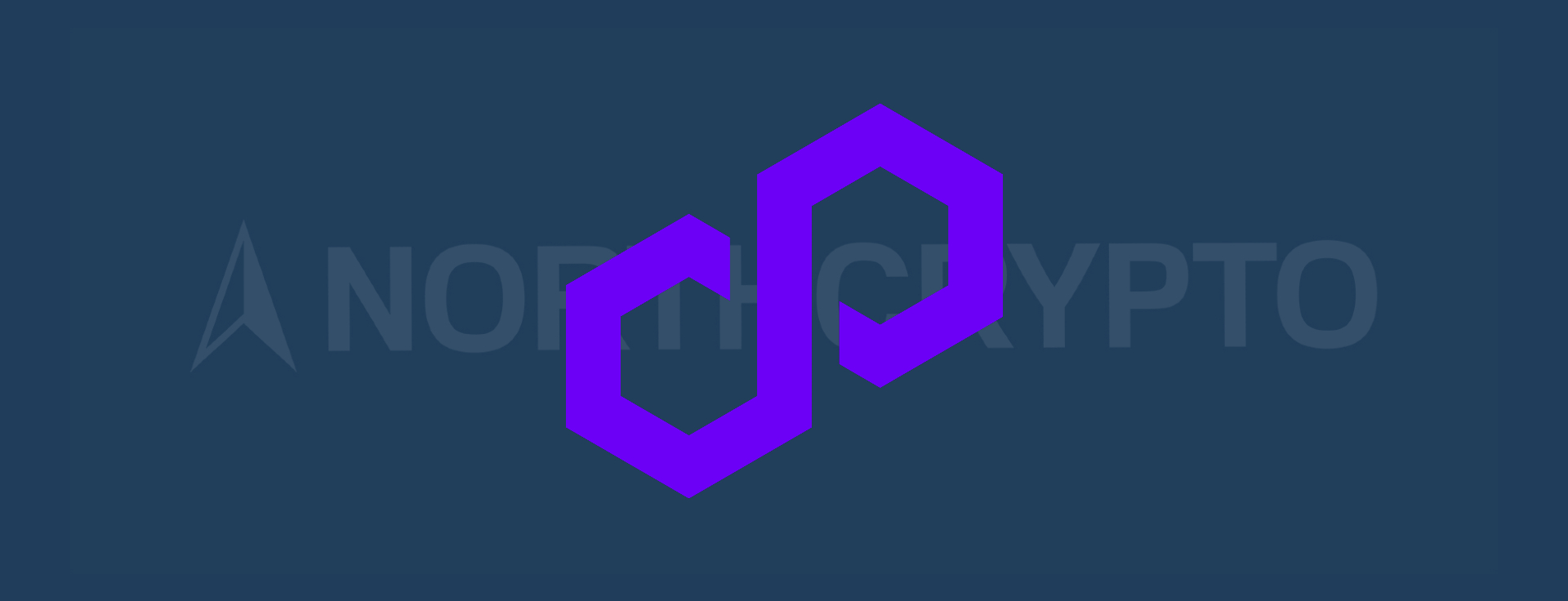
On 15 September, Ethereum faced the biggest update in its history when The Merge finally took place. Ethereum is currently the second largest cryptocurrency in the world. It can be described as an entire blockchain ecosystem where everyone can build various distributed applications (Dapp), smart contracts, and even own cryptocurrencies. The Ethereum Merge included several significant changes to the Ethereum blockchain, of which the most important will be closer introduced next.
Switching to the Proof of Stake algorithm
The first step towards The Merge was taken in December 2020, when a blockchain called Beacon Chain, operated by the Proof of Stake method, began its operations. However, Ethereum's old blockchain continued operating alongside this until The Merge, when the two blockchains that previously operated side-by-side merged into a single chain.
Prior to The Merge, Ethereum's blockchain maintenance work was carried out by high-performance computers called miners. In practice, the miners used to certify and add transactions performed on the Ethereum blockchain to the Ethereum blockchain. However, this Proof of Work (PoW) consensus algorithm, which is known from the Bitcoin blockchain, became now history. Today, Ethereum's blockchain is based on an algorithm called Proof of Stake (PoS), where it is possible to become Ethereum's blockchain validator by staking Ethereum's own ether tokens, instead of purchasing expensive mining equipment. Staking cryptocurrencies means locking cryptoassets, in this case ether, into the maintenance work of blockchain operations and transaction verification. Fees for blockchain maintenance work are also paid in ether, just as before The Merge.
Ethereum Energy Consumption
With Merge, Ethereum became significantly more energy-efficient than before as the mining computers, that consumed a lot of electricity, have now been replaced by stakers. According to the latest data, by using the Proof of Stake algorithm Ethereum's network energy usage might be as much as 99.5% lower than before The Merge. Today, Ethereum is significantly more environmentally friendly and when talking about the high energy consumption of cryptocurrencies, Ethereum can be crossed out of the conversation.
Fewer Ether tokens and decrease in the block time
The Merge also affected the release of new Ether tokens. With Merge, Ethereum became deflationary, meaning that fewer new ethers are entering the market than before. This combined with the EIP-1559 transaction fee burn already added to the Ethereum blockchain will decrease the total amount of Ether tokens.
Further, from now on The Merge can be seen in the Ethereum block time. With the update, Ethereum's block time was reduced by about ten percent. In the future, however, block time will be reduced even further, as The Merge lays the groundwork for other upgrades planned for Ethereum.
Basis for future updates
Ethereum's post-merge updates only work on the PoS model currently utilized by the blockchain. Proposed network scalability improvements include, for example, sharding, which is intended to be the next major technical update of Ethereum. Sharding is a technique in which the blockchain is divided into smaller, independent shard chains to reduce network congestion and increase transaction performance. After sharding, the Ethereum network will be able to perform more simultaneous transfers than previously.
Mikko Soon
Head of Private Banking
Last updated: 09.02.2023 12:41





